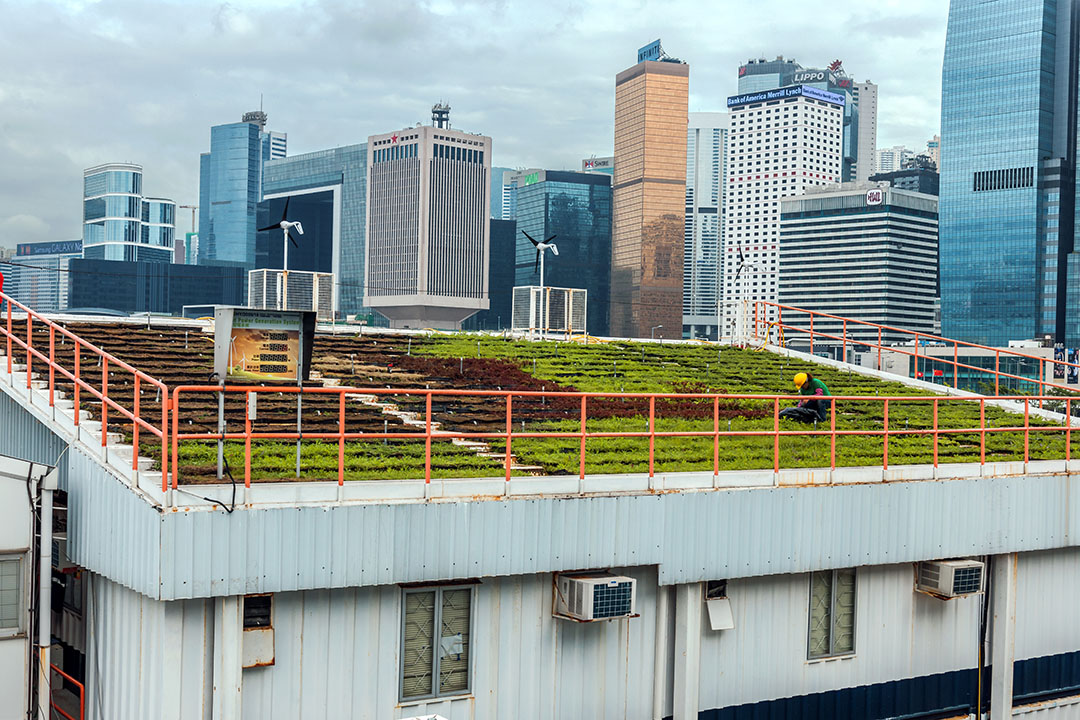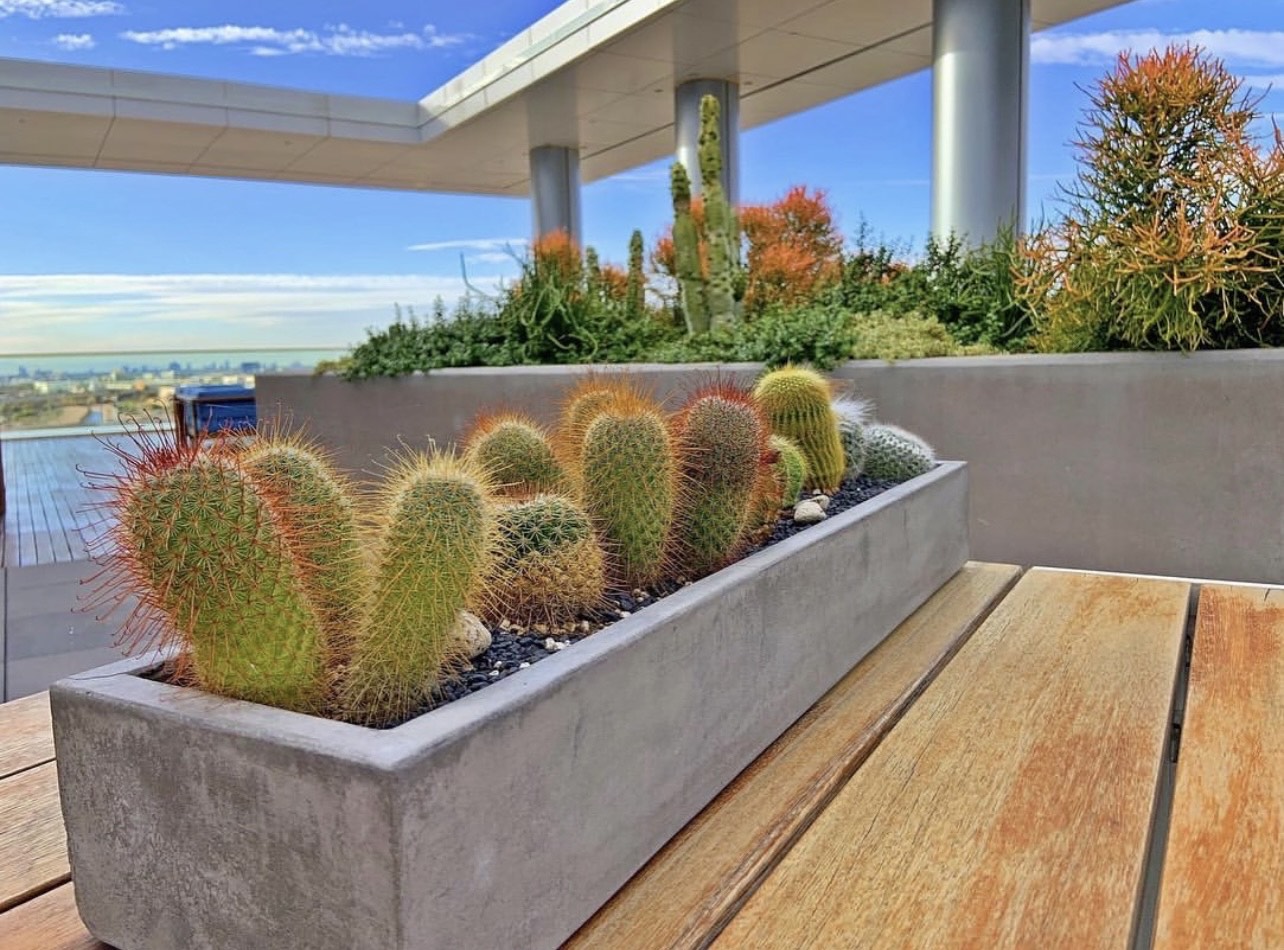
U.S. cities are going “green” with green roofs.
Gravel. Asphalt. Black tar. Cement. That’s what you get with the typical urban rooftop. But many U.S. cities are going “green.” Fly above Chicago, Atlanta, Portland, and other cities, and you’ll see rooftops displaying aesthetically green wonders. Homeowners and businesses are catching onto this growing movement.
What is a vegetated urban rooftop?
A green roof is a roof covered with vegetation. It’s designed for both beauty and energy conservation. A green roof is made up of several layers. It starts with a high-quality waterproofing membrane, a root repellant layer, and a drainage system. The layers vary slightly at that point, depending on the manufacturer, but the plants make up the top layer.
There are two types of green roofs: intensive and extensive. An intensive roof is park-like in design. It has walkways and benches, bushes and trees. It’s a heavier, thick- layered system. An extensive green roof usually covers the entire roof with a small selection of plant life. It requires little maintenance and exists solely for environmental benefits. The rooftop of Chicago’s City Hall is an example of both an intensive and extensive rooftop.

A green roof has many varied benefits:
- It brings beauty to the building and to the environment
- It creates a peaceful retreat accessible to people and/or wildlife
- It produces oxygen and captures airborne pollutants and gases
- It retains much rainwater and precipitation, thus reducing the amount of runoff water.
- It reduces energy costs by insulating in winter and cooling in summer.
- It helps reduce Urban Heat Island Effect (when cities are hotter than their surrounding regions) by providing shade and removing heat from surrounding air.
- It potentially increases the value of the building
- It can last twice as long as a common rooftop. It costs more at start-up, but a number of U.S. cities have policy incentives to encourage green roof building.
Green roofs have been popular in Europe for a long time, and now they’re gaining popularity in the U.S., too. With green roofs, we can conserve energy while creating green environments for our cities, homes, and businesses.
Interested in the benefits a green roof can bring to your property? Our experts can help you understand the possibilities.
